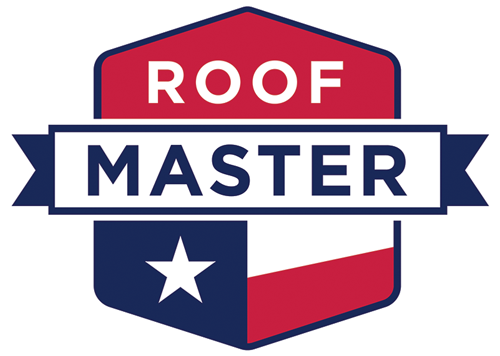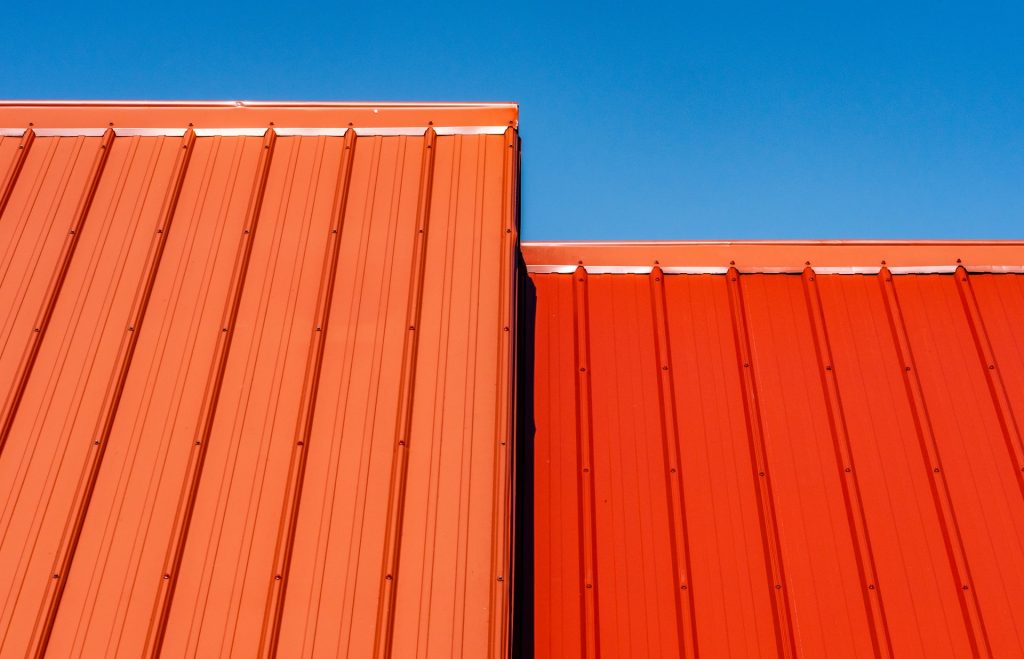Metal roofing is one of the best roofing materials for your home. It’s durable, it lasts a long time, and there are many different colors available!
But how do you know where to place screws on metal roofing?
You came to the right place to learn everything you need to know about metal roofing and the specific places you should place the screws.
Once you’ve bought the roofing material, the next step is to know where to place screws on your metal roofing.
Below is your clear guide on how to go about the whole process.
Why are Screws Important on Metal Roofs?
One key question you might be wondering is why roofing screws are important for metal roof installation?
If the roof is not secured properly, it will move around, which can cause problems down the line. The roof may even fall off completely!
The roofing screws act as anchors to keep the roof in place and help it stay there. They also help protect it against roof damage.
Which Type of Screws to Use?
There are a few different roofing screws that can be used for metal roof installation, depending on the type of roof you have.
- Aluminum Roof Installation: For aluminum roofs, self-drilling and self-tapping screws work best along with roofing cement.
- Galvanized Steel: For galvanized steel roof installations, self-drilling and self-tapping screws can also be used with roofing cement.
- Galvalume Roof Installation: Galva roof installation is a little more complex than the others because of its multi-layered surface, making it difficult for regular roofing screws to penetrate. Self-tapping roofing screws are typically used with roofing cement for this type of roof installation. But you can also use self-drilling roofing screws if they have a special coating that prevents metal from building up around the thread area.
Self-sealing or sealing alloy roofing screws can be used as well. These roofing screws have a sealing compound that prevents roof leaks at the installation site and allows for re-sealing if necessary. Roofers typically recommend this kind of roof screw because it cuts down on future maintenance costs, saving you money in the long run.
How To Screw Down Metal Roofing
When it comes to figuring out where to screw metal roofing, it is important to know that screws should be placed in an area where two roof panels overlap. These areas are referred to as seam joints.
The most common area that roofers use for screw placement is around the perimeter of metal roof installation because this happens to be where the roof seams meet up and need extra support.
It’s also never a bad idea to place roofing screws between the panels where you have fasteners already installed. This is especially useful for areas prone to leaks, such as around roof vents or skylights.
There are also roofing systems that come pre-installed with roof screws.
These roof panels usually have predrilled holes for the roofers to easily attach them without using an extra screw or drill into the metal sheets, which could cause damage to your new roof.
You can always choose the roof panels with predrilled holes if you are looking for roofing panels that have roof screws pre-installed for more accessible work.
Importance of Knowing Where to Place Screws on Metal Roofing
Placing screws on metal roofing is not always a daunting task. But if you fail to understand why it’s essential to put the screws in the right place, you may end up messing up the whole exercise.
Here’s why it’s essential to know where to place screws on metal roofing:
- By correctly placing roof screws, you can ensure that your roof will remain strong and durable for a long time — even in extreme weather conditions.
- The right placement of roof screws can also prevent water from leaking into your house or building — something every homeowner wants to avoid.
- Knowing where to place the screws beforehand can save a lot of time when installing the roof.
Benefits of Using Screws instead of Nails or Staples?
There are numerous benefits to using screws instead of nails or staples. Some of these benefits are:
- Roof screws are much easier to work with than nails or staples.
- Roof screw heads can be easily hidden, while nails and staples cannot.
- Roofing panels that have predrilled holes for the roofer’s convenience come in an array of sizes and roofing metals.
- Screws can be installed into any roofing material, while nails and staples cannot.
- Screws are much more durable than nails or roofing staples.
When to Use a Screw instead of a Nail or Staple When Installing Metal Roofing
There are circumstances when you can only use a screw instead of a roofing nail or roofing staple when you install metal roof panels.
You can use screws instead of nails or staples when:
- Roofing panels lack predrilled holes — roofing screws can attach roof panels by going through the roof and into a metal purlin. Nails or staples do not have this ability because driving them through the roof panel could cause leaks.
- Screws are ideal when you need to attach your roofing materials onto an existing structure such as plywood, roofing felt, roof sheathing, or even another roof.
- Screws are also the ideal choice when you need to fasten your roof panels vertically in a place where there is no room for roofing nails or staples to fit between roof trusses and/or rafters.
- The roofer is on a higher level than the roof (i.e., they’re working from an aerial lift) and needs to attach metal roofing through existing roofing material such as roofing felt.
Make Your Metal Roofing Installation a Success
Installing metal roofing doesn’t have to be a challenging and demanding task. It can be a painless and straightforward roofing project if you follow all the above tips for using screws effectively.
Always get the additional installation tips from your supplier as they understand how the types of screws they sell work.
Above all, the tips above should keep you on the right track when installing your metal roofing.
Contact us today for both residential and commercial metal roofing installation services.



